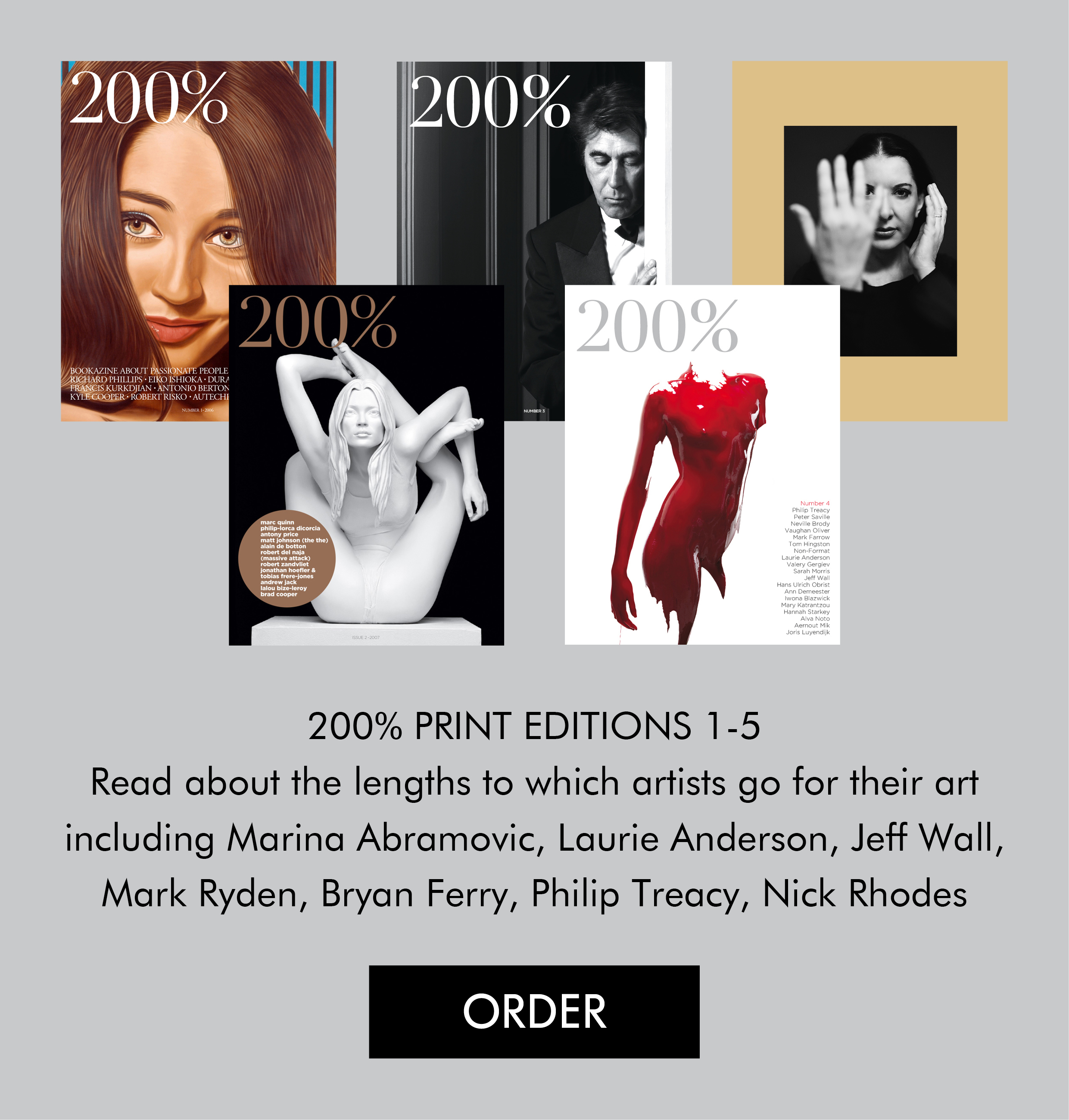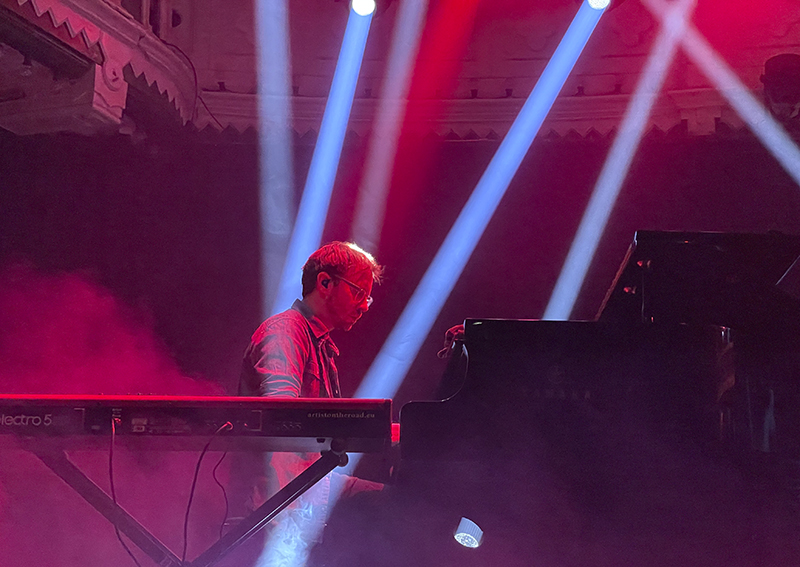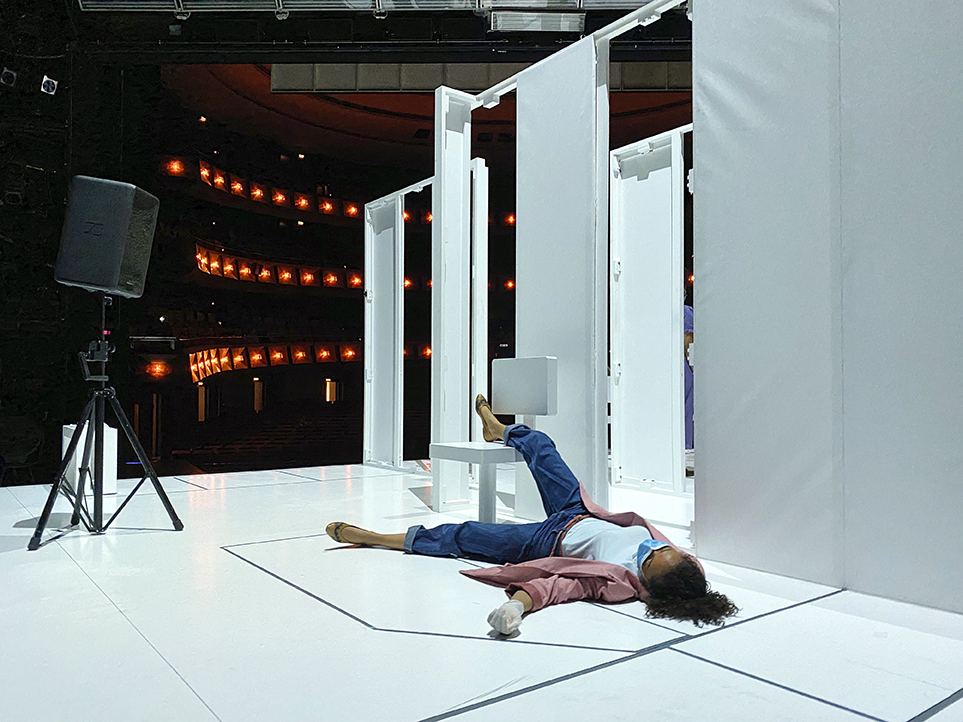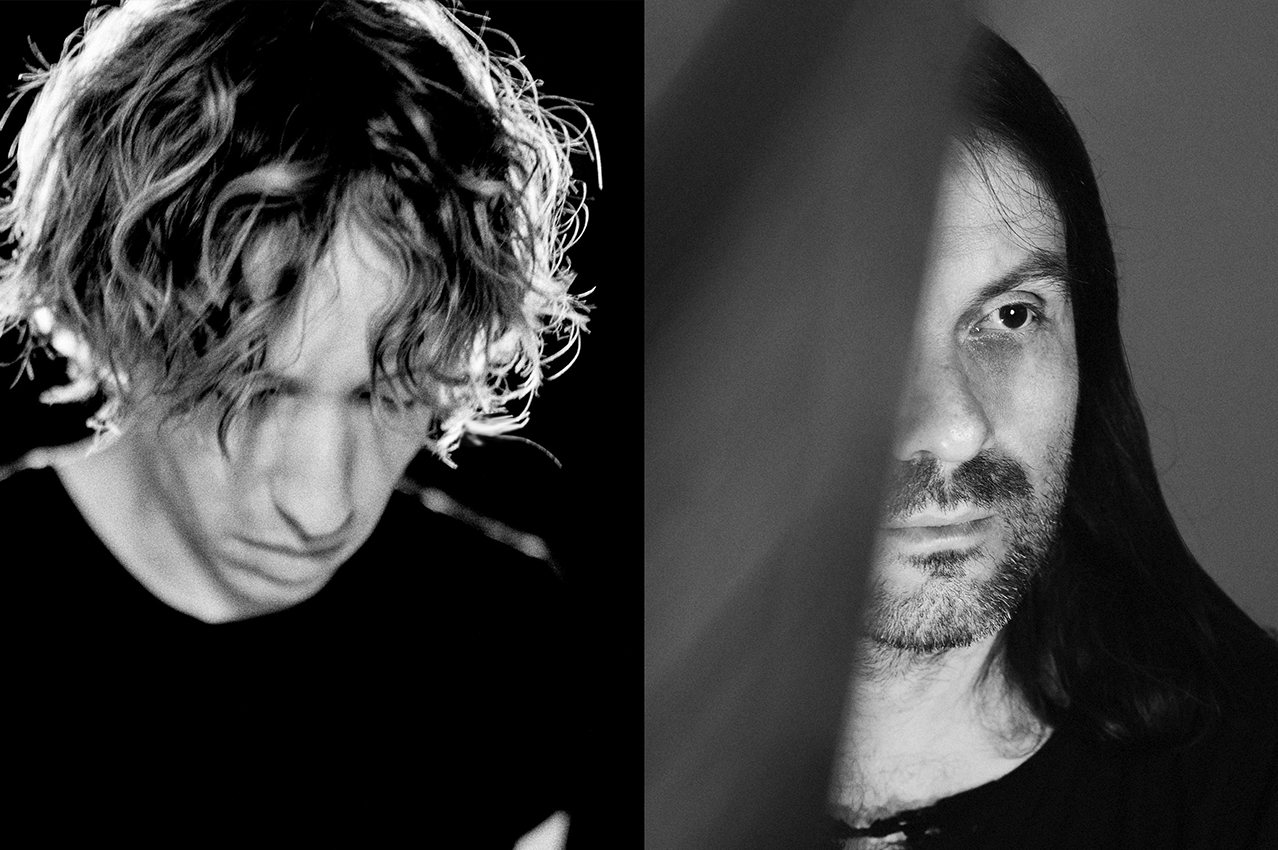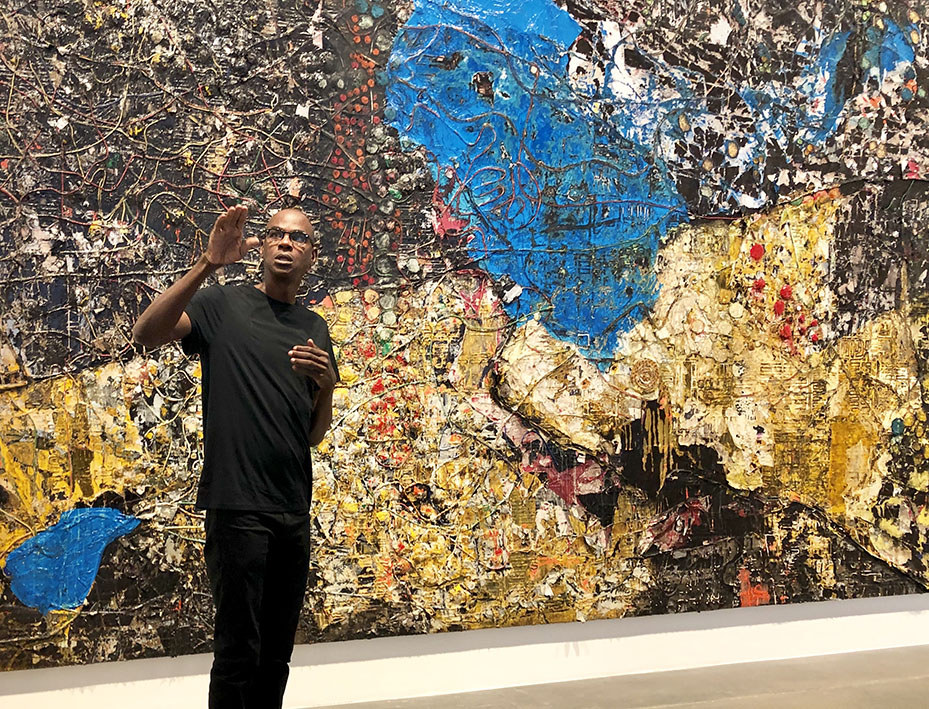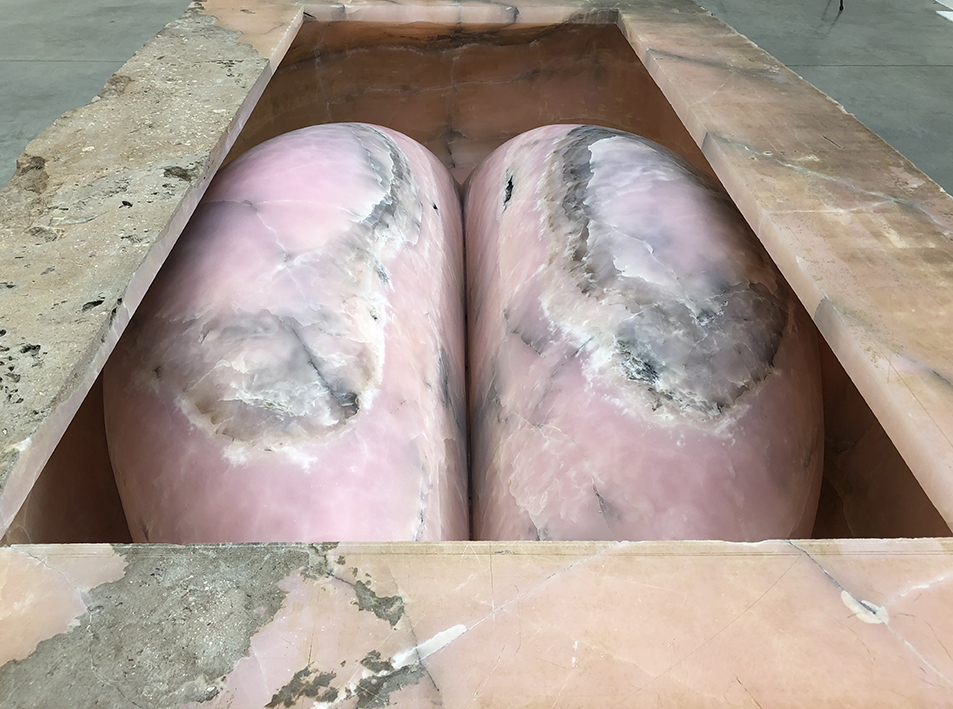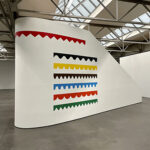
Music Max Richter Interview
“When we respond to a piece of music or any art we provide ourselves permission to talk about ourselves”. An interview with Max Richter, the composer who effortlessly weaves electronic with classical music.
As one of the cultural highlights of 2014, I included the contemporary dance performance ‘Some Other Time’ by Nederlands Dans Theater. The choreographers, Sol Léon and Paul Lightfoot, selected a dozen tracks from Max Richter’s album ‘24 Postcards in Full Colour’ to accompany their work.
Richter’s deeply moving compositions are a perfect partner with Léon and Lightfoot’s expressive, intimate, delicate choreographies that are exploring humanity. The tracks, ‘A Sudden Manhattan on the Mind’ and ‘Found Song for P’, evoked a similar feeling as Sean Adams once commented on Richter’s debut album ‘Memoryhouse: “a record […] somehow manages to uplift whilst washing you in sadness”.
The 24 tracks, in between one and two minutes, are miniatures composed as ringtones that alternate between classical and ambient music. The fragmentary tracks feel like expressive sketches that possess a sense of urgency, unmediated and spontaneous energy reminiscent of Chopin’s ‘Etudes’ or the short track compositions of Boards of Canada.
The German-English composer is a virtuoso in cross-overs between musical genres. Effortlessly, he weaves electronic music with classical or Baroque. It makes his albums as varied and adventurous as they can be.
For instance, ‘Sarajevo’ from his first album ‘Memoryhouse’ (2002), opens with a harp and a fragile, operatic female voice (reminiscent of Zbigniew Preisner’s score for ‘La Double Vie de Veronique’), whilst the orchestra gradually builds up to a triumphant climax. The rhythm of the meditative song ‘Untitled Figures’ is formed by electronic beats coloured with fragile strings. The cinematic track, ‘November’, starts with a Eugène Ysaÿe inspired violin, playing a nervous up-tempo tune combined with a Rachmaninovesque dramatic tension of the orchestra playing in his Piano Concerto No 2. (The track was used for the trailer Terrence Malick’s film ‘To The Wonder’)
In his music Richter is able to conjure up a wide range of intense emotions such as feelings of joy (hope and elation), sadness (melancholy and loneliness) and love (compassion and longing). In general his music tends to gravitate to the gloomy, introspective side opening the door to the listener’s subconscious feelings.
Richter’s ambitious project ‘Sleep’ deals with the altered state of consciousness. He composed an eight hour piece of music that serves as a sleeping aid. In 2015, the piece was performed in its entirety from midnight to 8am at the Barbican Centre in London where attendees were supplied a bed. During the ‘Sound Unbound’ festival at the Barbican, I met with Richter a few hours before his performance of another ambitious project, ‘Recomposed Max Richter: Vivaldi – The Four Seasons’.
Not quite often, do I encounter a composer who is able to talk insightful and articulate about the writing process of his compositions. Richter and I discussed his method of composing (“I’m primarily interested in what the notes and sounds are doing so I’m trying to follow the material”); why he notates with pen and paper (“Constructing a piece is really about those immediate moments when it comes alive”), and how he seeks the audience to complete his work.
200%: What is the starting point of your compositions?
MR: They are various: from literature, social and political sphere, conversations with Yulia, my wife, or purely musical such as structures or interesting bits of material which I try to investigate. I see musical works as theories, a set of questions around a subject or a situation. With ‘Memoryhouse’, there are a series of questions about social, political history in the Twentieth century and I wanted to connect that with various musical languages and various kinds of musical storytelling. It’s a hybrid, dense work, full of questions and theories.
So the starting point can be anything, a set of words, an abstract idea, a mood or even a deadline [laughs]. Paradoxically, deadlines are very useful as limitations are very good. If you have this endless blank sheet of paper it is a disaster. Leonard Bernstein once said: “To achieve great things, two things are needed; a plan, and not quite enough time.” When you don’t have much time you become very focused, succinct and clear in your ideas and you may not explore every avenue. The deadline is very much a catalyst.
200%: When you are composing you’re also factoring in the listener as you consider music a two way street, don’t you?
MR: Yes, for me music is one side of the conversation. I am looking for that other side in the conversation. For a dialogue you need two parties. The audience completes the work. Part of the conversation is also to provoke responses. For example in ‘The Blue Notebooks’ the compositions were mostly concerned with the scenario around the Iraq war, and the narrated texts were chosen to that political situation.
200%: How much in terms of an authorship position are you interested to express in your compositions?
MR: Not so much. I’m more interested in pursuing the material: what the notes and sounds are doing. It seems to me that musical material has inherent properties and qualities and I’m mostly trying to follow the material. Once you start that going it really has a life on its own. There is a less of a sense of top down authorship for me and more of a sense trying to uncover properties in the material. That may sound paradoxical, though, as my biography is something I obviously can’t get away from and my interests, relationships and obsessions are part of my compositions.
200%: When you say you follow the material, you have the same writing process as Quentin Tarantino as he follows his characters and is not too concerned when they rewrite the course of history, like in ‘Inglourious Basterds’.
MR: Yes, indeed. The idea of following the material feels very natural to me. Architectural and strategic decisions beyond that sometimes feel a little bit arbitrary. I read an interview with Philip Glass and he said: ‘For me composing is largely about listening, trying to hear the music’. It is a radio receiver model of what a composer is. It relates to the idea of the sculptor; removing material from the stone block and reveal the sculpture inside of it.
200%: When you follow the material is there also something like a force outside of yourself and the notes automatically flow out of your pen?
MR: That sounds a little bit supernatural to me. In my case the more I concentrate and delve in my work and compositions, the more I discover about it. I contemplate and work on small parts [of the composition] very carefully and the amount of attention brings out the material.
Notation
200%: When you write music do you write it down in notes?
MR: Yes, I had a very straightforward classical training. When I have an idea I just need to get it down really fast and the quickest way to do that is to jot it down on a piece of paper. I have this amazing pen with five pens in one lump that create manuscript paper. I always have these in my pocket. Constructing a piece is really about those immediate moments when it comes alive and you are just trying to capture it on paper as quickly as possible.
200%: Do you work on several project at the same time?
MR: Yes, I’m very comfortable with that. Compositions progress at different speeds. There are pieces I have been working on ten years or more. You can get to a certain point when it runs out of steam. I think the writing process is a little bit like composting. All the stuff goes into the top and then, things recombine in different ways. Maybe a fragment that was for something which didn’t work turns into a fragment for something else. The individual works feel like they are not really separated. They have dotted lines around them, but it is actually one writing process.
200%: When I’m listening to your compositions, they evoke a melancholic, introspective and heartfelt emotions in me. Do you believe that how people respond to music is related to their own experiences, character and walks of life?
MR: When we respond to a piece of music or any art we’re really talking about ourselves. It’s actually permission to talk about yourself. That is really what is going on. If I go to a gallery and I see a Matisse on the wall and start talking about what I think of the Matisse, I’m actually talking about my biography. I’m talking about all the paintings I have seen and what kind of mood I’m in that day. It’s actually about me. Artworks are little keys to open that door. That is one of the interesting things about it. It even extends to critics, they have a perspective on something, they make a bunch of statements about something but actually they are talking about their own music and cultural history. Everyone has their own perspective: the magic of human subjectivity.
Not all works provoke the same responses. They do draw out different things from people which is always fascinating. You think you made a piece, you think it is about a certain mood or idea and then you start to get feedback about something else. I wrote those piano miniatures in the ‘The Blue Notebooks’ as interludes. They were meant like a little sorbet between bigger pieces, but people really gravitated to these tiny piano pieces which I found utterly puzzling at the time. I thought “Don’t listen to those, listen to this!” It felt like the guests of a restaurant were rating the amuse-bouche, of a well-respected chef, higher than his main dishes. [laughs].
Interested in more neo-classical / ambient music? Read our interviews with Murcof and Bryce Dessner
Interview written and conducted by Thierry Somers
Photos: Eric Weiss (opening picture), Mike Terry

